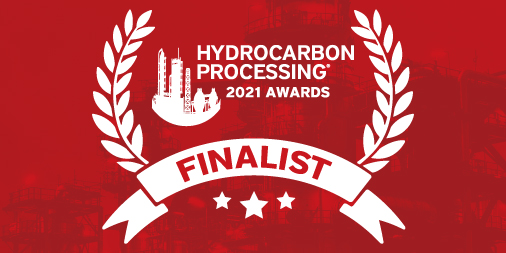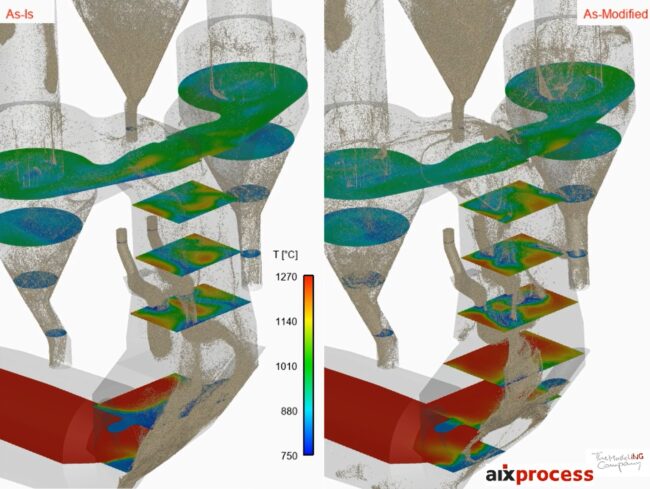CPFD To Speak at the AWS EMEA Manufacturing and Industrials Symposium Online
Peter Blaser, Vice President of CPFD Software, will speak online on the topic “Engineering and Design in the Cloud” during the English language Technical Leaders Track on October 13 at AWS’s EMEA Manufacturing and Industrials Symposium.



